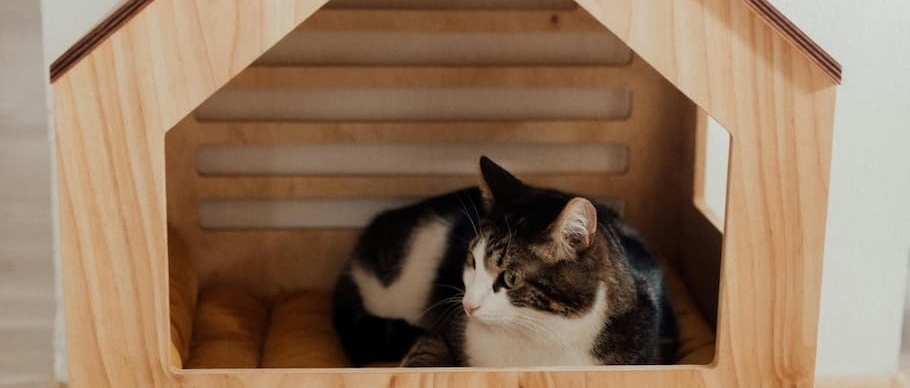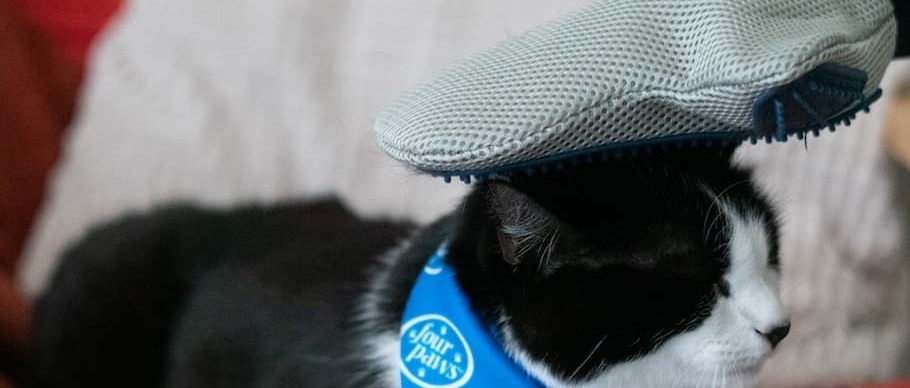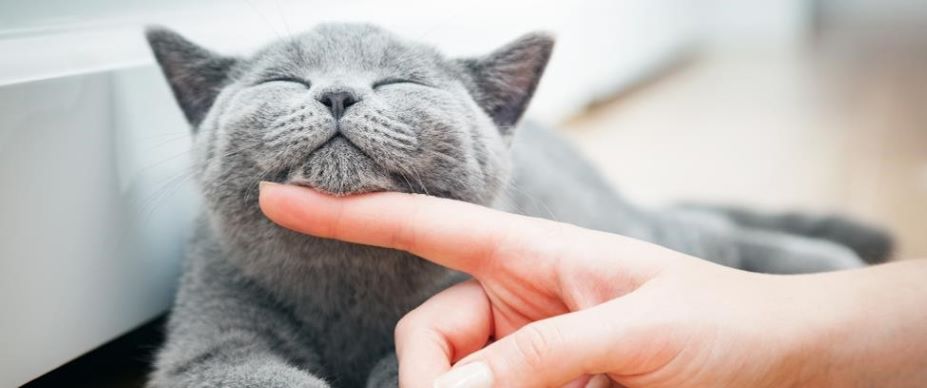How to Calm Down a Cat in 3 Steps
Between their serene naps in the sunlight and peaceful self-grooming sessions, your cat may seem like a relaxation master. But then suddenly, they’re either meowing loudly, hiding in a closet, or darting around the house.
So, how do we step in to ease—or even prevent—these situations of overstimulation or anxiousness? Read on to learn how to calm down a cat and ways to create a more peaceful home.

Step #1: Determine the Cause of Your Cat's Behavior
Although every cat’s breed, age, and life experiences uniquely affect their personality and temperament, most kitties share a similar method of communicating with their pet parents.When a cat feels unsettled, they may begin to hide, excessively groom themselves, or experience changes in appetite. Learning how to detect these subtle signals helps you anticipate their emotional state—when they're feeling stressed, agitated, or overwhelmed—so you can intervene before things escalate.
If you notice bursts of activity like jumping, climbing, or increased vocalization, you may be witnessing a case of the cat zoomies. In these cases, your cat likely just has some pent-up energy they’re trying to burn.
Understanding your cat’s body language will help you feel more confident deciphering their messages.

Step #2: Offer Your Cat a Safe Space
Ever notice how your cat seems to disappear every time you have visitors in your home? Or maybe they immediately scurry under the couch when they hear loud noises like police sirens passing by.
Cats are pros at finding solace in solitude, retreating to quiet corners where they can observe the world from a safe distance. In these moments, our first instinct may be to remove them from their hiding place and show them that everything is okay! However, forcing interaction won’t help you calm down a cat.
Instead, give your cat a dedicated space to retreat to in the face of unfamiliar people or events! It can be a corner of your closet, cat house, or even just a strategically placed cardboard box filled with their favorite items and soft blankets.
This “zen den” will help a stressed kitty feel safe and secure, so they can feel confident when they decide to reemerge.
Though it may seem counterintuitive, regular alone time is one of the ways you can get your cat to like you and feel more secure in their home!

Step #3: Use Soothing Techniques
The last and most effective step for learning how to calm down a cat is to employ soothing techniques. Every cat will respond differently, so it’s important to have a few methods ready to go.
Here are some common soothing techniques you can use:
Gentle Petting
Physical contact can help release feel-good hormones that promote calmness. Whether it’s stroking their fur with your hand or using a cat brush, spending this quality time with your cat can strengthen their sense of security.
Take bonding time to the next level with the Magic Coat® Love Glove, a grooming tool that gently massages the skin while removing excess hair and debris.
Music
It’s no secret that music can reduce feelings of stress and promote relaxation in humans. The same goes for cats! Try playing calming tunes at a low volume level for your feline friend. Look for playlists made with cats in mind or turn on your favorite classical music.
Interactive Play
Not only is playtime fun and rewarding, but it also releases pent-up energy and tension! Engaging in interactive play can also help tire your kitty out when the zoomies strike.
Remedies and Supplements
Sometimes, your cat may need extra help when it comes to calming their nerves. Herbal remedies and calming supplements are formulated with soothing ingredients and may offer relief in stressful situations.
When to Consult a Professional
While these calming techniques can be effective for mild to moderate cases of stress, there are situations where professional intervention may be necessary. Seek help from a veterinarian or animal behaviorist if they have persistent symptoms. Anxious behavior may be a sign of an underlying issue that requires professional attention. For example, inappropriate urination can be a sign of stress as well as a symptom of a cat UTI.
.jpg)
Purr-tecting the Peace!
There’s no one-size-fits-all method how to calm a cat. Experiment with different soothing techniques and be patient as you discover your cat’s path to tranquility.
Check out our cat care tips to learn more about nurturing your cat’s well-being so you can create an even more harmonious home!





